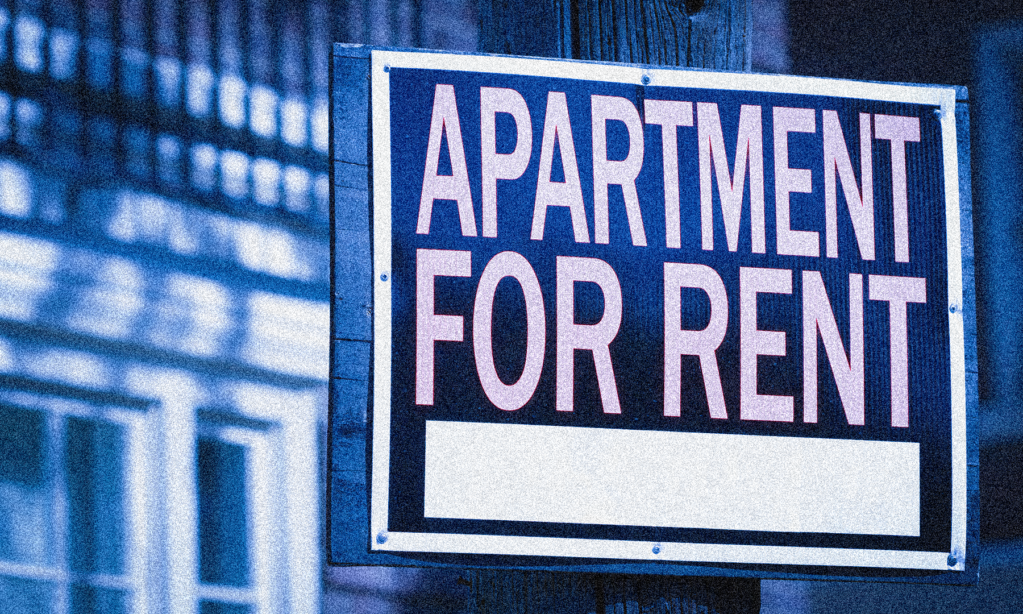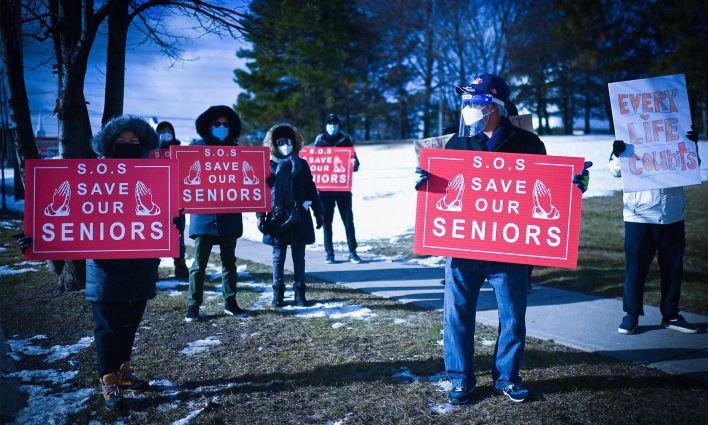The most intensive cuts to social spending in Canadian history happened in the 1990s, including the complete annihilation of Canada’s post-war funding commitments to affordable housing. This came about as Canada mimicked the policies of the United Kingdom, introduced under Margaret Thatcher, and those of the United States, under Ronald Reagan. While this approach to policy-making—often called neoliberalism—gained a foothold under the right-wing Brian Mulroney Conservatives in Canada, it was the centrist-left Jean Chrétien Liberals who undertook the most substantial welfare state restructuring, particularly with the 1995 federal budget under its Finance Minister, Paul Martin.
Before 1995, provincial and territorial governments received large transfers of funds from the federal government, designated to be spent on specific social portfolios, including housing, health care and education. Paul Martin introduced a new policy called the Canada Health and Social Transfer, which had fewer conditions attached. This meant provinces did not need to maintain specific social benefits that had been previously required—and the transfer also provided significantly less funding.
Federal transfers to provinces and territories fell from $18 billion annually in the 1980s to $12.5 billion in the mid-1990s. In Ontario, Canada’s most populous province, federal transfers that had covered 17 per cent of provincial revenues in 1980–86 dropped to only nine per cent of revenues by 1996–2001.
The significant cuts to federal funds being transferred to the provinces and territories in the mid-1990s accelerated the retrenchment of social assistance benefits and became part of the rationale for cuts to higher education, resulting in rising tuition fees for students across the country—a precursor to today’s crisis of post-secondary debt for young people trying to get into the housing market or afford their monthly rents. By 1993, the federal government completely withdrew financial support for building new social or public housing except for (inadequate) new builds on First Nations reserves. This historic shift marked the end of 52 years of federal involvement in social housing production and is widely considered to mark the beginning of the homelessness crisis in Canada.
Before the cuts, the federal government supported the development of affordable housing in a variety of ways, including investments in public housing, co-funding affordable rental housing provided by the non-profit and co-operative sectors, and private market builds with rents at affordable rates. Investments were made in public housing beginning from the late 1940s and peaking in the 1960s. These were characterized by cost-sharing arrangements between the federal and provincial governments. Between 1973 and 1992, the federal government partnered with third-sector groups to create non-market rental housing; approximately 236,000 non-profit and co-operative units were created over those two decades. In addition to providing reduced-rate mortgages for 90 per cent of the project costs as well as capital grants for the remaining 10 per cent, the federal government provided operating subsidies and funded housing resource groups.
While short-lived, these initiatives had a lasting impact on the Canadian housing landscape and account for some 650,000 units across the country. This ought to have marked the beginning, rather than the end, of government investment in public and non-profit housing, as that sector ultimately made up only four to six per cent of the Canadian housing market.
Countries with healthy affordable rental stock (e.g., Netherlands, Austria and Denmark) have public housing rates of about 22–32 per cent. This would have been a good goal to strive for before cutting all federal funding. Private market, multi-family rental housing construction boomed in Canada into the early 1970s but declined sharply thereafter as the incentive for new rental construction was removed due to changes in federal policies, and the more lucrative condominium industry emerged in the late 1960s.
The federal cuts to housing funds in the 1990s shifted the nexus of housing provision to the provinces and territories. Ontario took this one step further, and devolved housing provision further down to the municipalities. Once a leader in social housing, Ontario was home to 42 per cent of Canada’s social housing stock before the federal cuts. While the Ontario government continued to invest in social housing until 1995, the election of a populist neoliberal Conservative government under Mike Harris would permanently alter the social housing landscape in Ontario. With the introduction of the Social Housing Reform Act in 2000, all provincial housing stock in Ontario became owned by municipal housing corporations.
The situation in Ontario has created what housing policy researcher Steve Pomeroy has called a “unique but perverse case” in social housing responsibilities and administration, shifting the expenditure burden and risk to the municipal level. Devolution has imposed significant constraints and barriers on affordable housing throughout Ontario. Housing typically represents the second- or third-highest expenditure of local governments. This means that funding allocation for it often falls victim to efforts to contain budget increases. Ontario remains the only province where social housing is the responsibility of municipalities.
Although the long-awaited National Housing Strategy promised to reduce homelessness by 50 per cent and make significant investments in affordable housing, so far it hasn’t made much impact.
It took 34 years for the federal government to seriously re-join the housing game, when the Justin Trudeau Liberals introduced the National Housing Strategy in 2017. Although some federal re-engagement had occurred between 2001 and 2017, this resulted in only 50,000 more units, and most of these were not considered “deeply affordable,” with rents set between 80 and 100 per cent of average market rents and limited rent supplements available.
Although the long-awaited National Housing Strategy promised to reduce homelessness by 50 per cent and make significant investments in affordable housing, so far it hasn’t made much impact. The Government of Canada claims that over 58,900 new affordable housing units are currently being planned or built, and a further 68,000 existing units are being upgraded or repaired with the intention of building 150,000 new units of affordable housing over 10 years.
The Canadian Alliance to End Homelessness points out that to make a real dent in homelessness, the National Housing Strategy needs “to build at least 300,000 new deep subsidy, permanently affordable and supportive housing units and ensure those units are specifically prioritized to people experiencing or at greatest risk of homelessness.” Further, non-profit housing providers, well-positioned to build and manage these new affordable units, struggle to secure funds for new builds through the National Housing Strategy, as well as funds for tenant supports.
In the meantime, global investment companies are financializing the low-income private rental sector and converting it into “luxury” accommodations and condominiums, resulting in a net loss of 322,600 affordable units between 2011 and 2016, an average annual loss that far outstrips the modest 15,000 affordable units per year planned for the first decade of the National Housing Strategy. In other words, Canada has a long way to go to make affordable rental housing a widespread reality in a country where housing prices have risen more than 25 times faster than those of the U.S. since 2005.
Although pundits and politicians make an assortment of wild claims about why we have such expensive housing in Canada, ranging from inflation to the war in Ukraine, the reality is that the stage was set for the current affordability crisis 30 years ago. Unfortunately, those most impacted by these policies were not even born at the time. It is young people (ages 20–29) who are at the receiving end of the housing affordability crisis, both in Canada and across all OECD countries. Compared with the general population, young people in all OECD countries are much more likely to live in rental housing, although increasingly those between ages 20–29 are simply staying home with their parents, unable to afford either rent or mortgage. If a parent’s home is unsafe or unavailable, they often become homeless. In Canada, about one in five people experiencing homelessness are young, between the ages of 13 and 24.
Although the statistics are not broken out for the 25–30 age group, we know that adult homelessness, including for young adults, is on the rise in Canada. Countries with the highest percentage of social housing stock are the ones that allow young people to leave home and rent independently, such as in Norway, Sweden, Finland and the Netherlands. It is for this reason that the OECD recommends “renewed public and private investment in the affordable and social housing stock,” noting it as “a key lever to an inclusive economic recovery from the COVID-19 crisis.”







